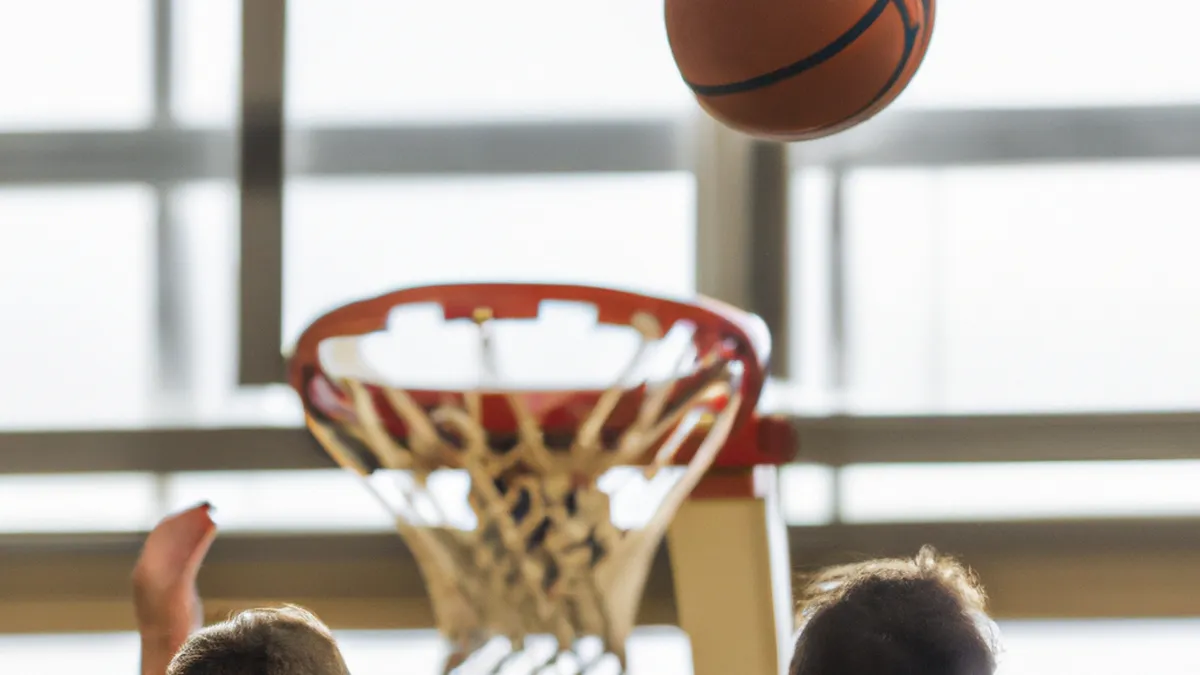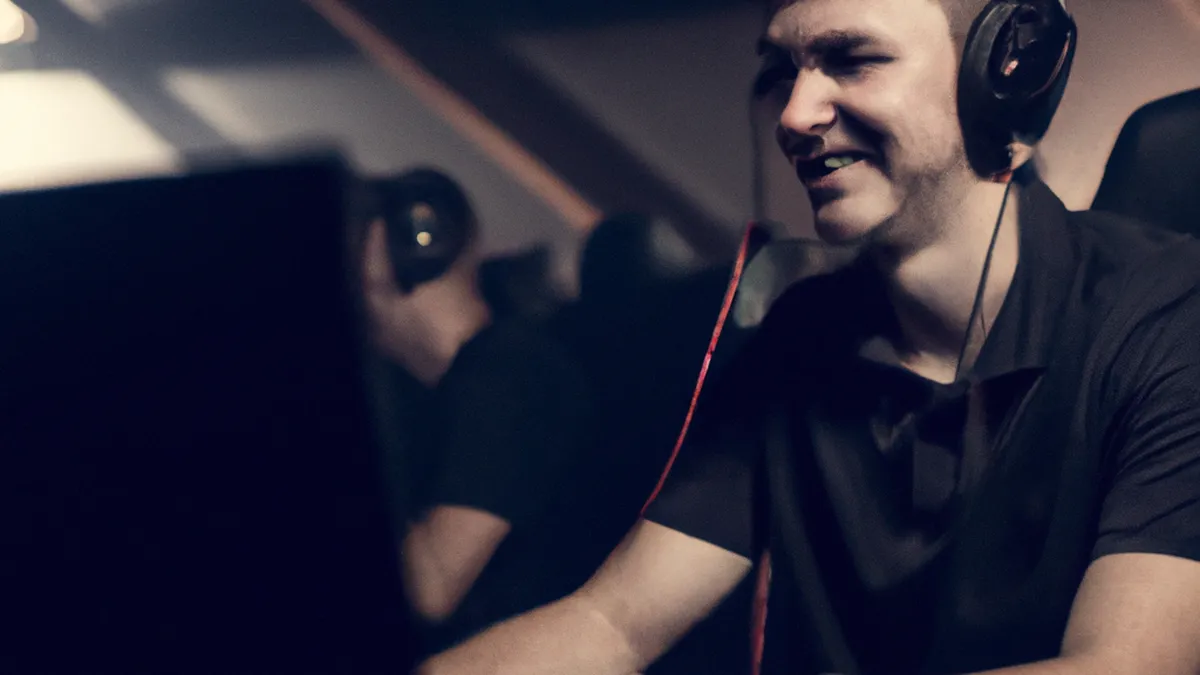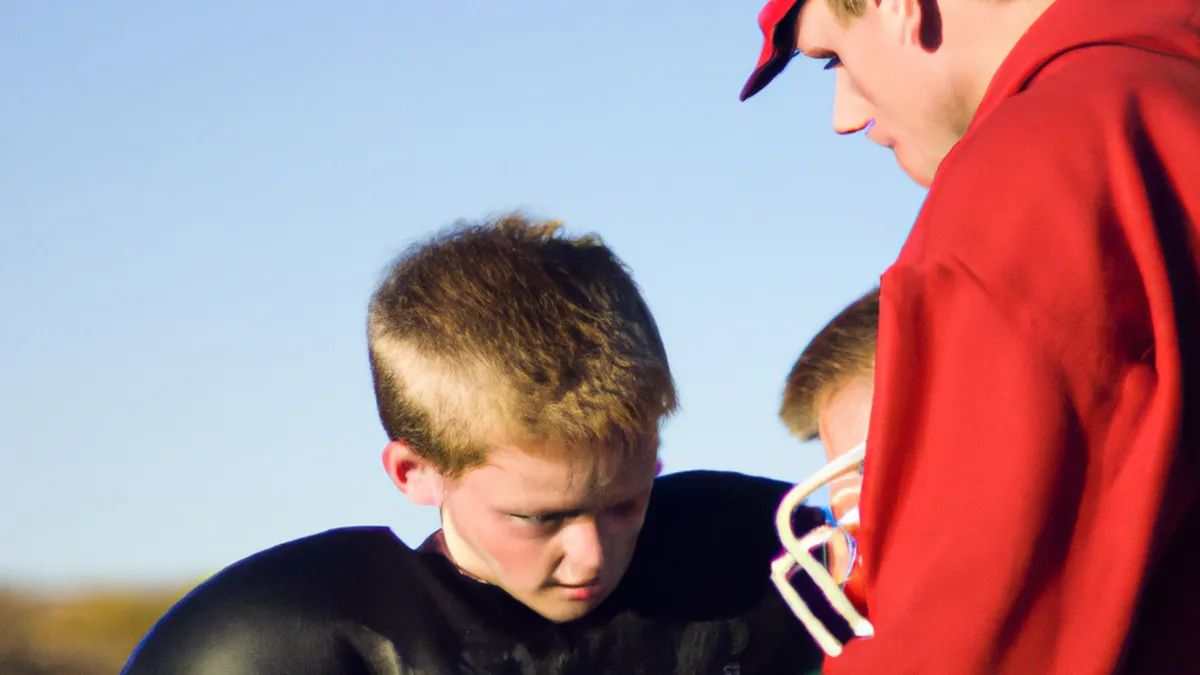Evaluating How Fatigue Affects Gaming Outcomes
Analyzing the Effects of Player Fatigue on Esports Performance
Esports captivates millions of fans globally. Professional players face intense pressures that lead to long hours of practice and gameplay. Dedication is crucial, but it often results in player fatigue. Understanding player fatigue and its effects on performance is essential for players and organizations. This article explores player fatigue, its signs, management strategies, and its impact.
The Physical and Mental Toll of Fatigue
Player fatigue has two main dimensions: physical and mental exhaustion. Prolonged gaming sessions cause muscle strain in wrists, hands, and shoulders. These issues decrease dexterity and precision, ultimately affecting performance.
Mental fatigue is equally debilitating. It impairs decision-making, focus, and reaction time. A fatigued player struggles to analyze game scenarios, leading to poor strategic choices. This dual effect creates a compounded negative impact on performance. Players must recognize and address fatigue early.
Furthermore, fatigue can lead to burnout, a state of emotional, physical, and mental exhaustion. Players who push beyond their limits may lose motivation and enthusiasm. This decline can create a vicious cycle where pressure exacerbates fatigue and burnout.
Identifying Signs of Fatigue
Awareness helps manage player fatigue. Recognizing signs allows players to take proactive measures. Common physical signs include muscle soreness, stiffness, and decreased reaction times. Fatigue can lead to mistakes that cost critical matches.
Mental fatigue presents signs like irritability, lack of focus, and decreased motivation. Players may feel overwhelmed or struggle to concentrate. If players notice these symptoms, they should take them seriously and adjust their training regimen.
Tips for Managing Player Fatigue
1. **Set Realistic Training Schedules**
Prioritize quality over quantity in training. Focus on shorter, effective training sessions. Regular breaks during practice can refresh the mind and body.
2. **Incorporate Physical Activity**
Regular exercise counters the physical effects of gaming. Simple activities like stretching, walking, or light workouts rejuvenate players and maintain flexibility. Physical fitness benefits the body and enhances performance.
Conclusion
Addressing player fatigue significantly improves performance and well-being. Recognizing signs and implementing effective strategies can lead to better outcomes in esports.
Below are related products based on this post:
FAQ
What are the main signs of player fatigue in esports?
Common signs of player fatigue include physical symptoms such as muscle soreness, stiffness, and decreased reaction times, as well as mental symptoms like irritability, lack of focus, and decreased motivation. Recognizing these signs early can help players take proactive measures to manage their fatigue.
How can players effectively manage fatigue during training?
Effective management of player fatigue can be achieved by setting realistic training schedules that prioritize quality over quantity, incorporating regular breaks during practice, and engaging in physical activities like stretching or light workouts. These strategies help refresh both the mind and body, ultimately enhancing performance.
What is the relationship between player fatigue and burnout?
Player fatigue can lead to burnout, which is a state of emotional, physical, and mental exhaustion. When players push beyond their limits, they may lose motivation and enthusiasm, creating a cycle where increased pressure exacerbates fatigue and leads to further burnout. Addressing fatigue early is crucial to preventing burnout.















Post Comment